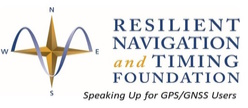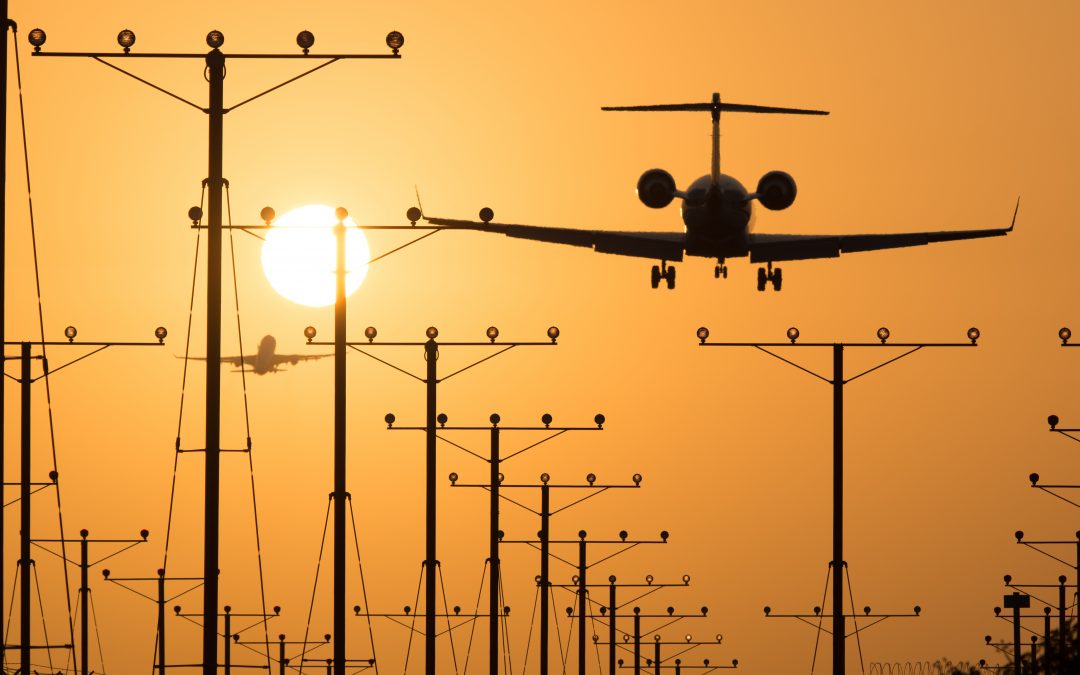Image: Shutterstock
Blog Editor’s Note: We always find something of interest in Bob Poole’s “Aviation Policy News” from the Reason Foundation.
This month it is a note he received from a colleague about the FAA and navigation. Bob published in his “Quotable Quotes” section.
By way of background, the 2001 Volpe report mentioned was the result of a three year, presidentially mandated effort to examine if the FAA’s plan to move aviation to navigate using only space-based assets (GPS) and do away with terrestrial beacons (VOR/DMEs) was still a good idea. Clearly being able to do away with a large network of terrestrial systems would have saved the FAA a lot of money. But the answer was a resounding “no.”
The report also observed that all kinds of transportation, other infrastructure, and systems in the US were becoming far too dependent upon vulnerable GPS signals. It recommended the nation investigate establishing an alternate system for when GPS, for whatever reason, was not available.
The report was published the 29th of August, 2001, less than two weeks before 9/11. Understandably, it took the White House a while to get around to acting on it. But in December 2004 President Bush issued NSPD-39 which mandated the Department of Transportation lead a federal effort and establish a backup capability for GPS.
Folks are still trying to make that happen. Doing so will make GPS a less tempting target for our enemies, and provide another way of getting vital positioning, navigation, and timing (PNT) services against the inevitability of a prolonged GPS disruption.

AVIATION POLICY NEWSLETTER
Quotable Quotes
“Despite the upcoming 20th anniversary of the Volpe GPS Vulnerability Study, FAA continues to maintain a GNSS-centric PNT mentality. While their 2016 Performance-Based Navigation (PBN) Strategy was to retain resilient ground-based alternatives, the vast majority of Distance Measuring Equipment (DME), VHF Omni-directional Ranges (VORs), and Tactical Navigation (TACAN) operating in the NAS (National Airspace System) were designed in the ‘70s and installed in the ‘80s. Although the concept of “GPS-sole means” does not officially exist, FAA has not yet taken significant steps to recapitalize these 30-40-year-old systems, although efforts to expand procedures reliant on GNSS services continue unabated. By comparison, FAA installed navaids at over 850 sites in the 1980s and added over 100 additional locations in the 1990s. It is interesting that their current DME-VOR-TACAN (DVT) plan spans 42 years—over twice the normal life cycle of these equipments—and does not address the hundreds of aging Instrument Landing Systems (ILS) or Approach Lighting Systems (ALS). It is also interesting that FAA’s proposed DVT strategy is to issue Indefinite Delivery/Indefinite Quantity (ID/IQ) contracts, with TACAN antenna replacement being the first step. This will only serve to proliferate and expand the logistics challenges of maintaining numerous configurations by an aging and retiring workforce, preclude economic ordering quantities, and take decades to replace thousands of aging navaids. As reports of GNSS interference with aviation continue to mount worldwide, it would seem prudent for FAA to prioritize the replacement of these resilient systems to ensure, as the FAA mission states, ‘the safest, most-efficient aviation system in the world,’ and set an example for ANSPs worldwide.”
—Aviation Sector Professional, email to Robert Poole, March 15, 2021


